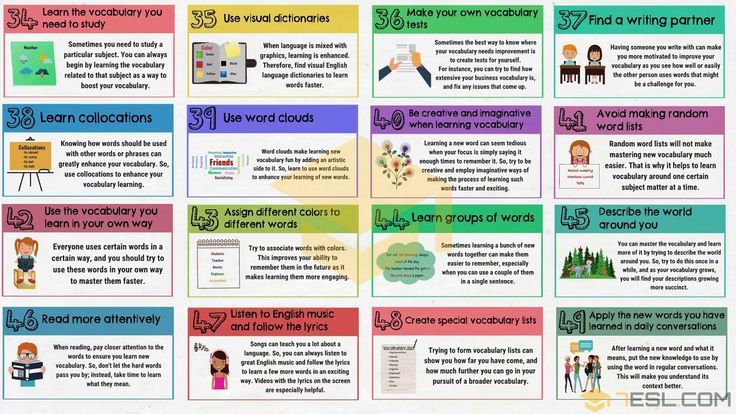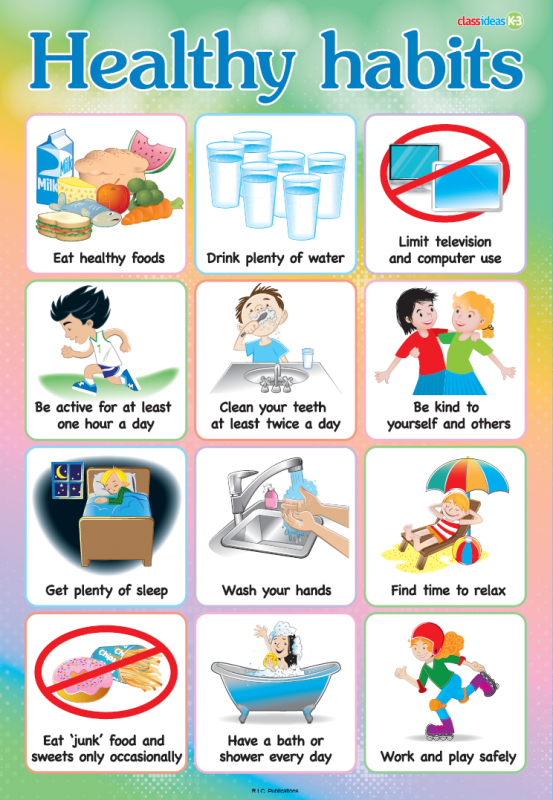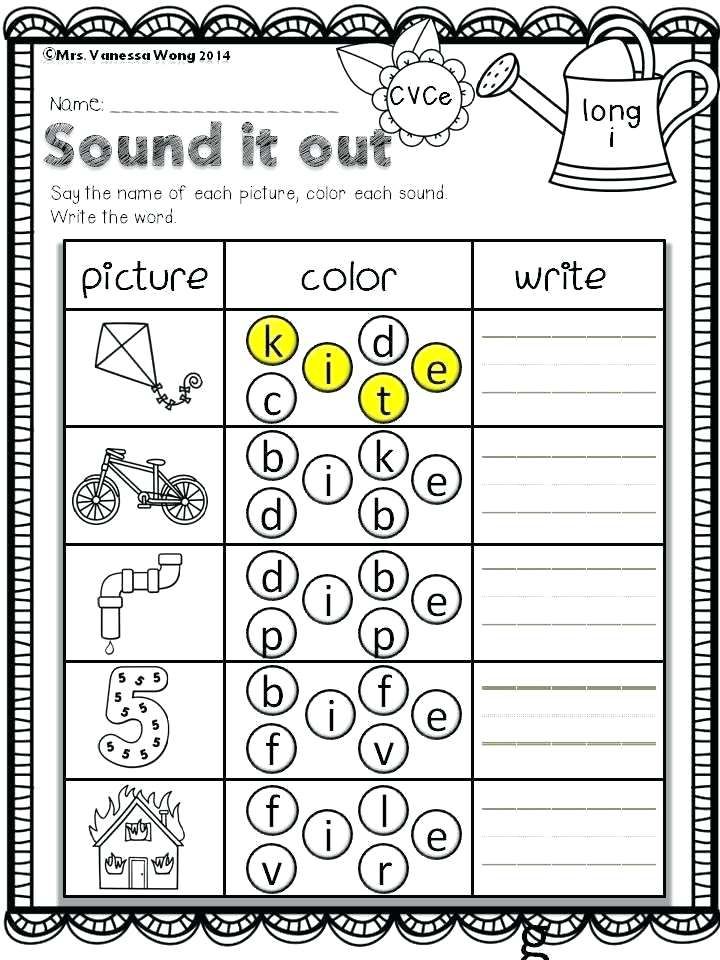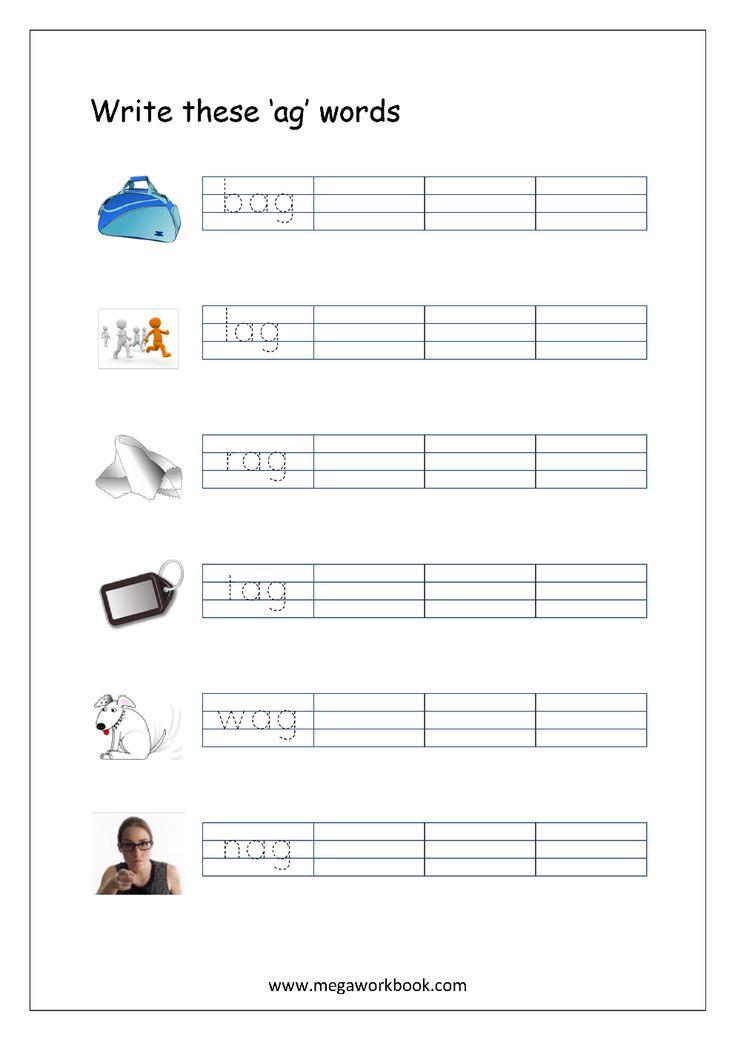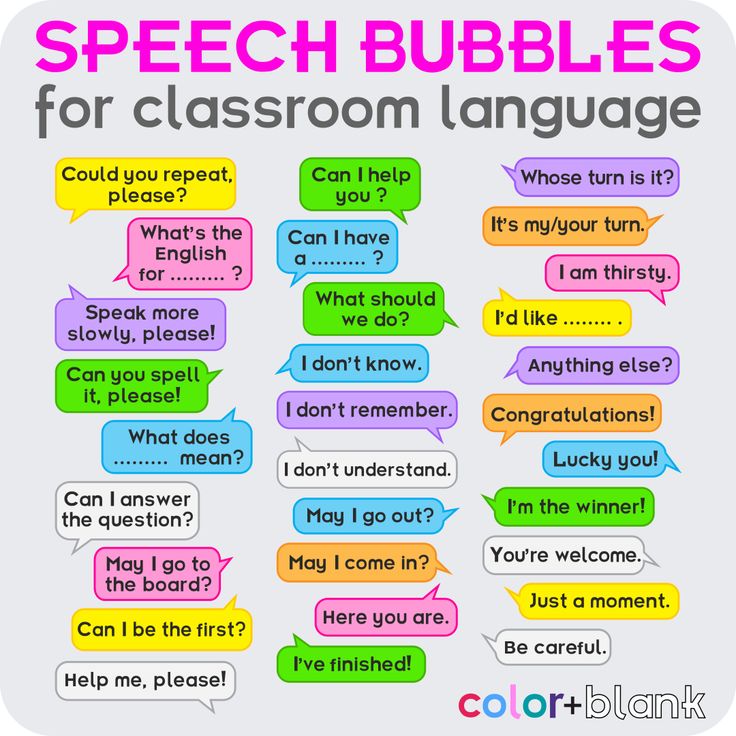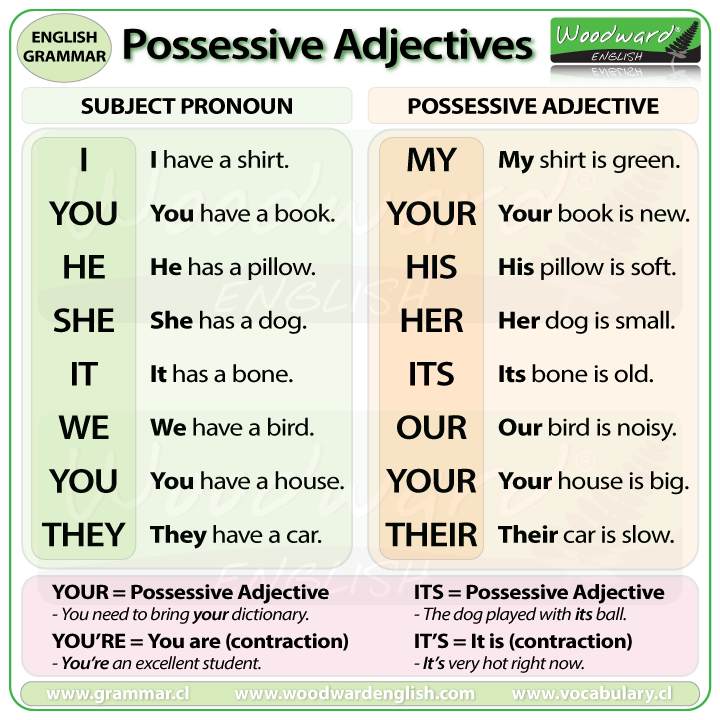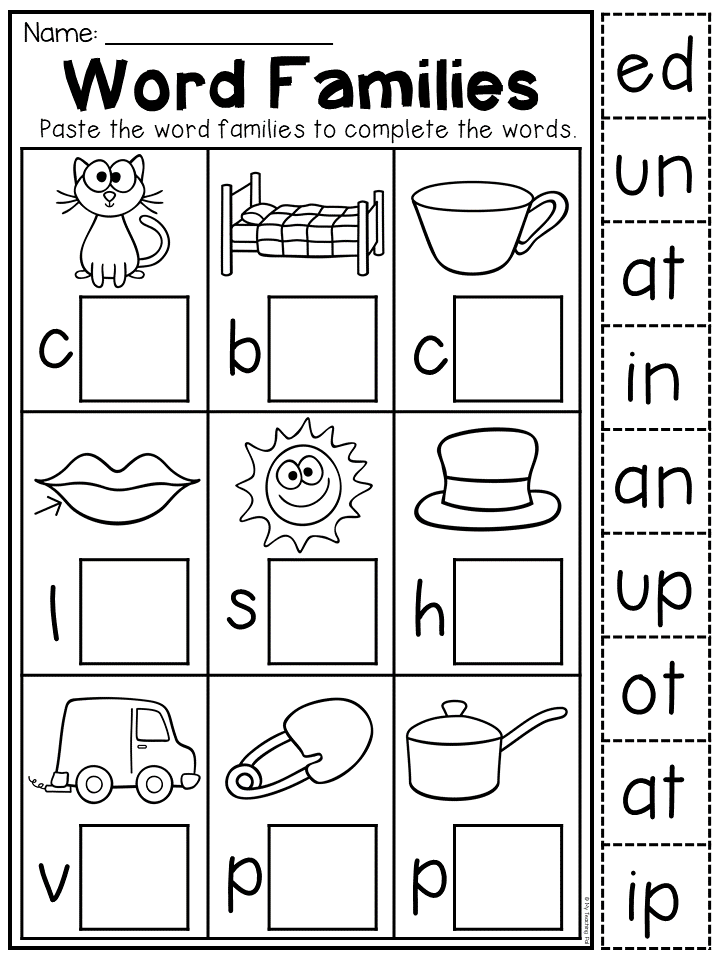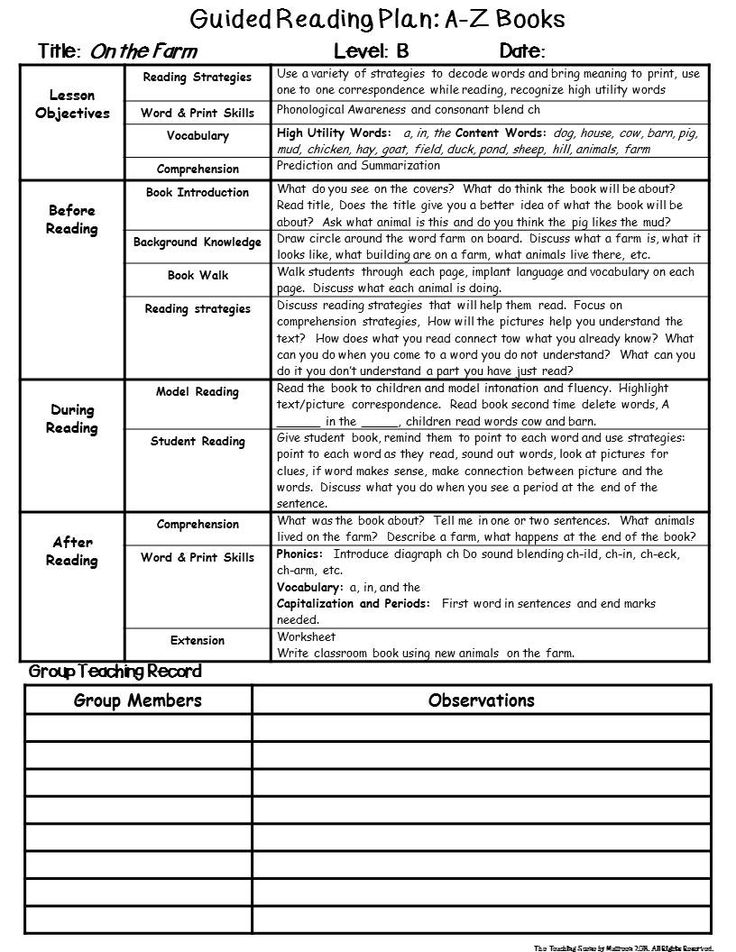Lesson on syllables
Syllable Games | Classroom Strategies
As students progress in their literacy understanding, they move from reading and writing single syllable words (often with consonant-vowel-consonant constructions) to reading and writing multisyllabic words. Instruction focused on teaching students about syllables often focuses on teaching different types of syllables (open and closed) and what occurs when syllables join together within a word.
| How to use: | Individually | With small groups | Whole class setting |
More phonological awareness strategies
Why teach about syllables?
- Dividing words into parts, or "chunks" helps speed the process of decoding.
- Knowing the rules for syllable division can students read words more accurately and fluently.
- Understanding syllables can also help students learn to spell words correctly.
Drumming out syllables
Students use a drum or tambourine to take turns drumming out the syllables in their names or other words. See the lesson plan.
This video is published with permission from the Balanced Literacy Diet. See many more related how-to videos with lesson plans in the Phonemic Awareness section.
Syllables: kindergarten
This video depicts a kindergarten small group engaging in a syllables activity. There are 5 students in this demonstration and they are using manipulatives. (From the What Works Clearinghouse practice guide: Foundational skills to support reading for understanding in kindergarten through 3rd grade.)
Collect resources
Marker activity
This activity, from our article How Now Brown Cow: Phoneme Awareness Activities, is an example of how to teach students to use a marker (i.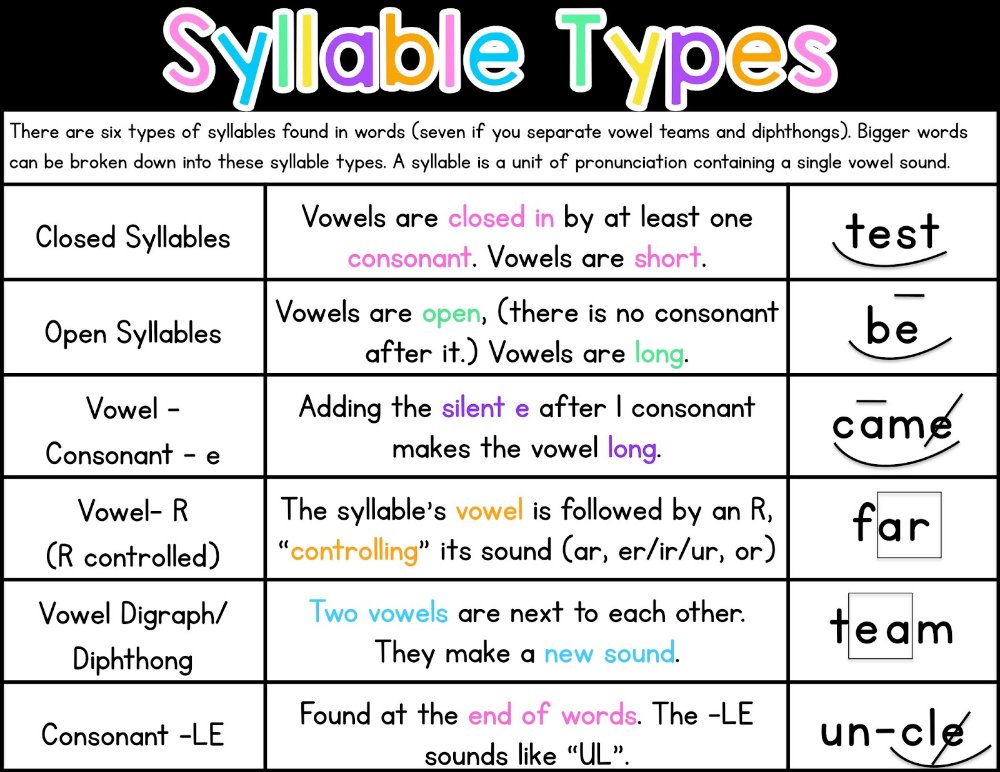 e., token) to count syllables.
e., token) to count syllables.
The marker activity often used for word counting can be adapted for use in counting syllables. Teachers can provide each child with tokens and two or three horizontally connected boxes drawn on a sheet of paper. The children place a token in each box from left to right as they hear each syllable in a word.
Multisyllabic manipulation
This example includes several activities and a chart of multisyllabic words. One specific activity from this page is the Multisyllabic Words Manipulation Game. Teachers can divide words from reading selections into syllables, write each syllable on a note card and display the syllables in jumbled order. Have students arrange the syllables to form the words.
Multisyllabic words manipulation >
Clapping games
Associating syllables with a beat can help students to better learn the concept of syllables within words. Here's a clapping game to help young learners understand about dividing words into syllables.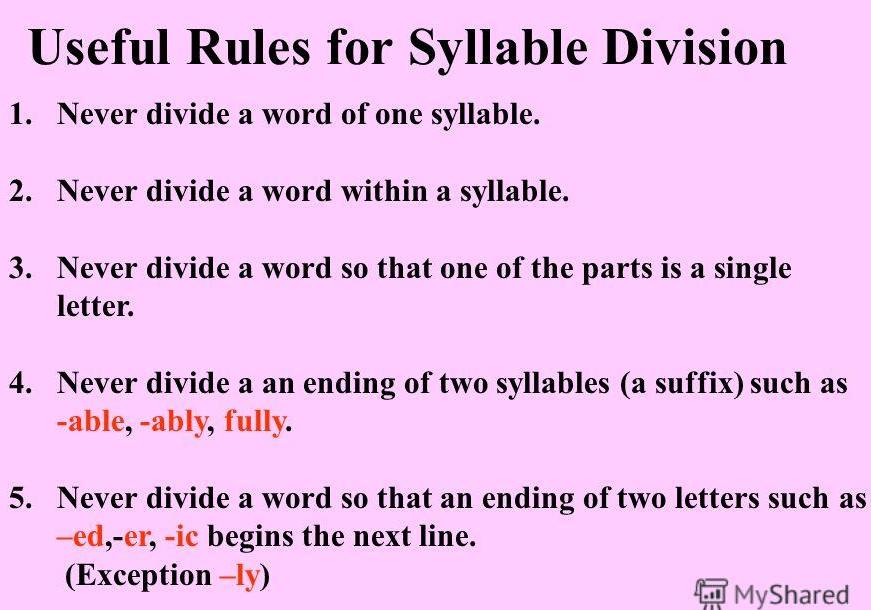
Basic words clapping game >
Using mirrors
The following link includes information on introductory activities such as using mirrors for teaching students about syllables. Information is also provided about the different syllable spelling patterns.
Using a mirror to understand syllables >
Jumping syllables
This activity teaches student to separate words into syllables. Students move syllables around to create new "silly" words which gives them practice manipulating different sounds.
Jumping syllables >
Find many more syllable activities developed by the Florida Center for Reading Research.
Differentiated instruction
for second language learners, students of varying reading skill, and for younger learners
- Use pictures instead of words in activities for younger and lower level readers
- Include auditory and hands-on activities (i.e., clapping hands, tapping the desk, or marching in place to the syllables in children's names)
- Include a writing activity for more advanced learners.
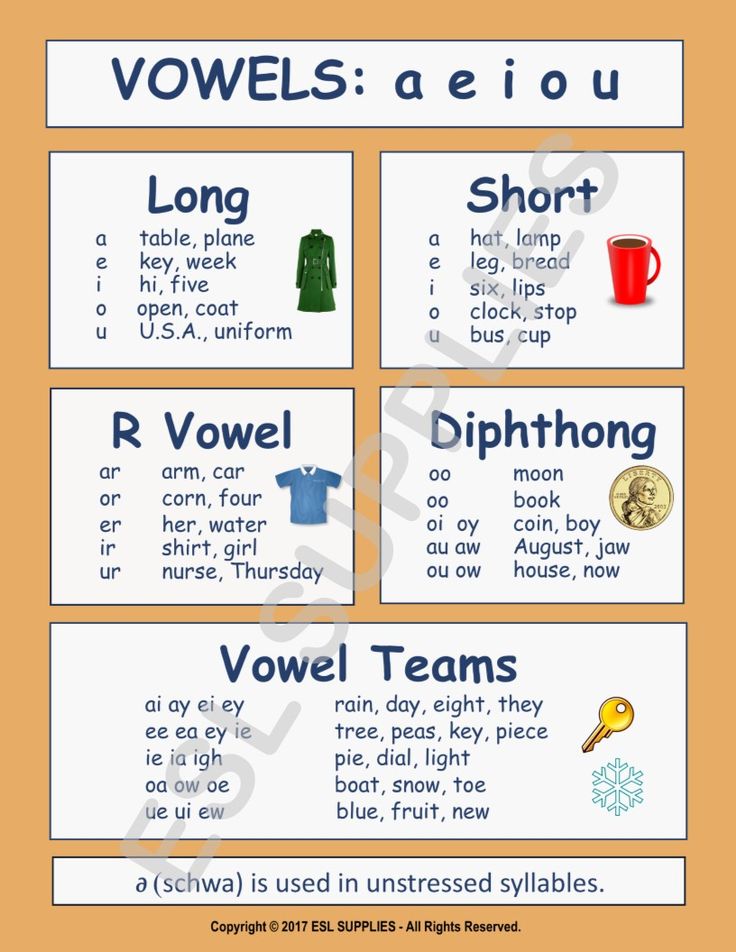
See the research that supports this strategy
Adams, M., Foorman, B., Lundberg, I., & Beeler, T. (2004). Phonemic Activities for the Preschool or Elementary Classroom.
Ellis, E. (1997). How Now Brown Cow: Phoneme Awareness Activities.
Moats, L. & Tolman, C. (2008). Six Syllable Types.
Children's books to use with this strategy
Island: A Story of the Galápagos
By: Jason Chin
Genre: Nonfiction
Age Level: 6-9
Reading Level: Independent Reader
Young readers will explore the evolving terrain and animals of the Galápagos in this nonfiction picture book. Charles Darwin first visited the Galápagos Islands almost 200 years ago, only to discover a land filled with plants and animals that could not be found anywhere else on earth. How did they come to inhabit the island? How long will they remain? Thoroughly researched and filled with intricate and beautiful paintings by award-winning author and artist Jason Chin.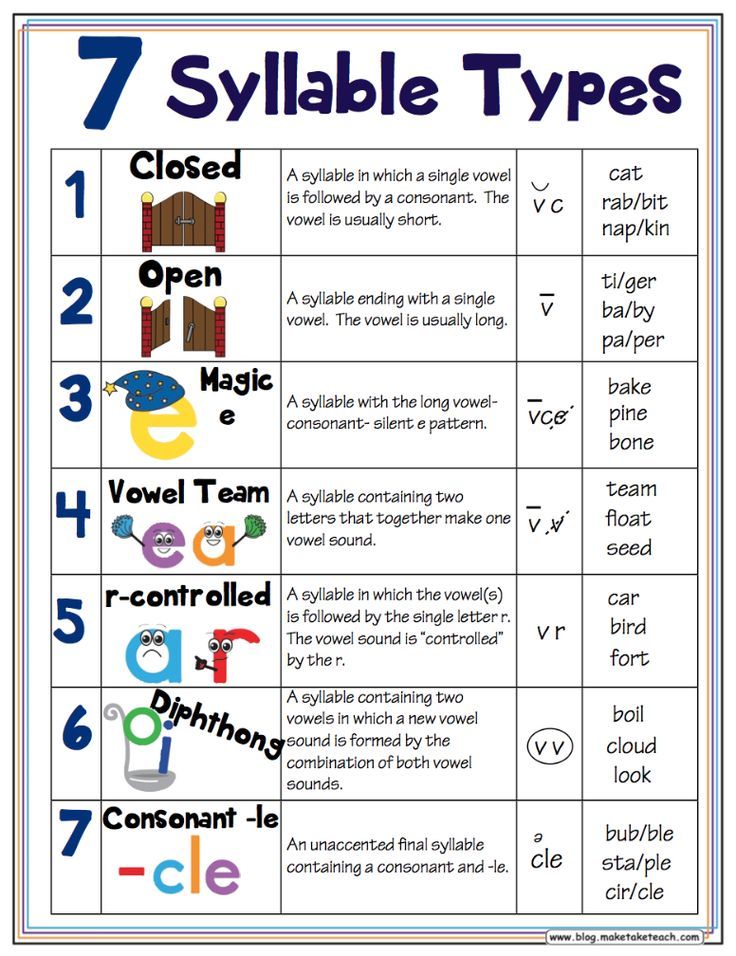
Where Else in the Wild? More Camouflaged Creatures Concealed & Revealed
By: David Schwartz
Age Level: 3-6
Reading Level: Beginning Reader
Close-up, full color photographs of camouflaged creatures and a variety of poems ask readers to examine the image while learning about characteristics. A gatefold opens to provide additional information. (This may appeal to children who like "real" things.)
Dogku
By: Andrew Clements
Age Level: 6-9
Reading Level: Independent Reader
The picture book story of a dog who finds a home is told in completely (and surprisingly successfully) using haiku.
Tap Dancing on the Roof: Sijo (Poems)
By: Linda Sue Park
Genre: Poetry
Age Level: 6-9
Reading Level: Independent Reader
Like haiku, sijo – a little known, brief poetic form from Korea – looks at everyday activities from breakfast to the weather. Sophisticated illustrations complement the seemingly simple language to delight readers and listeners.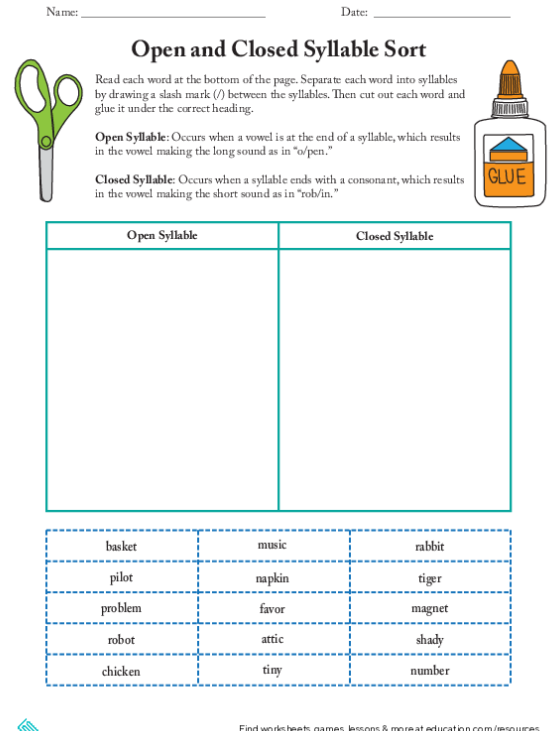
Comments
How to Teach Syllables in Kindergarten
Most Kindergarten teachers will teach or practice syllables with their students at some point in the year. Usually, a syllable activity just involves counting how many syllables are in the word. However, there is so much more that goes into teaching syllables than just counting the number of syllables. Here's how to teach syllables in Kindergarten effectively.
What are syllables?
A syllable is a single, unbroken sound of a word found in the English language. They are not to be confused with phonemes, which are the smallest unit of sound. Syllables are formed by adding vowels and consonants together. Some words are monosyllabic, meaning they only have one syllable, such as “pig” “catch”, or “time”. Other words are multi-syllabic, meaning they have 2 or more syllables, such as “rainbow”, “jellyfish”, or “elevator”.
Now, you are teaching Kindergarten, and using terms like monosyllabic and multisyllabic may be hard for a student to understand, let alone say correctly.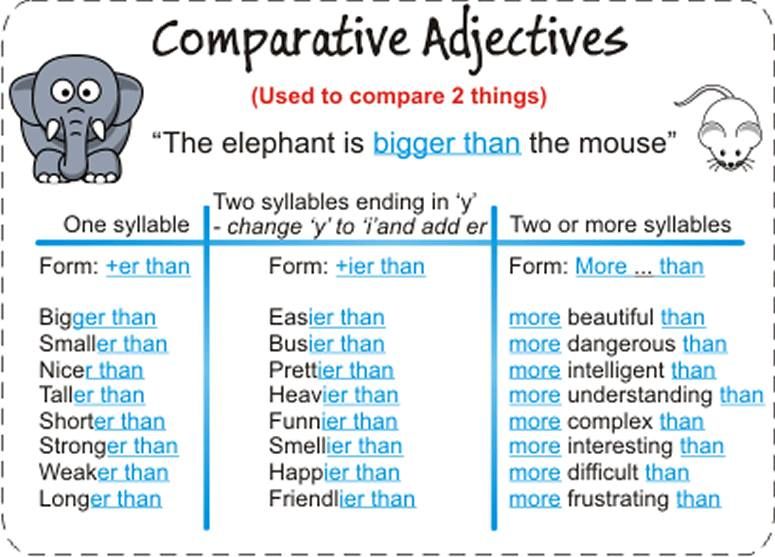 When teaching syllables, I often refer to them as “chunks” in a word.
When teaching syllables, I often refer to them as “chunks” in a word.
What is the progression of syllables skills you should teach?
In Kindergarten, it is important to build your student's phonological and phonemic awareness, as it is a key factor in students becoming successful readers and writers. In this blog post here, All About Phonological Awareness, I describe the different terms and how to teach each phonological awareness skill.
How do you teach syllables?
When teaching syllables, you will do it mostly orally, especially in Kindergarten. The first way to practice is with oral blending. You will say the syllables in a word, like “sand” “which” and have the students blend them together. I typically start with compound words, then add on other 2, 3, 4 syllable words.
The next skill you can add is oral segmentation. You will say the full word, like “turtle”, and then students will break apart the word by syllable, “tur” “tle”. When practicing oral segmentation, I have my students count the syllables as they are breaking the word apart.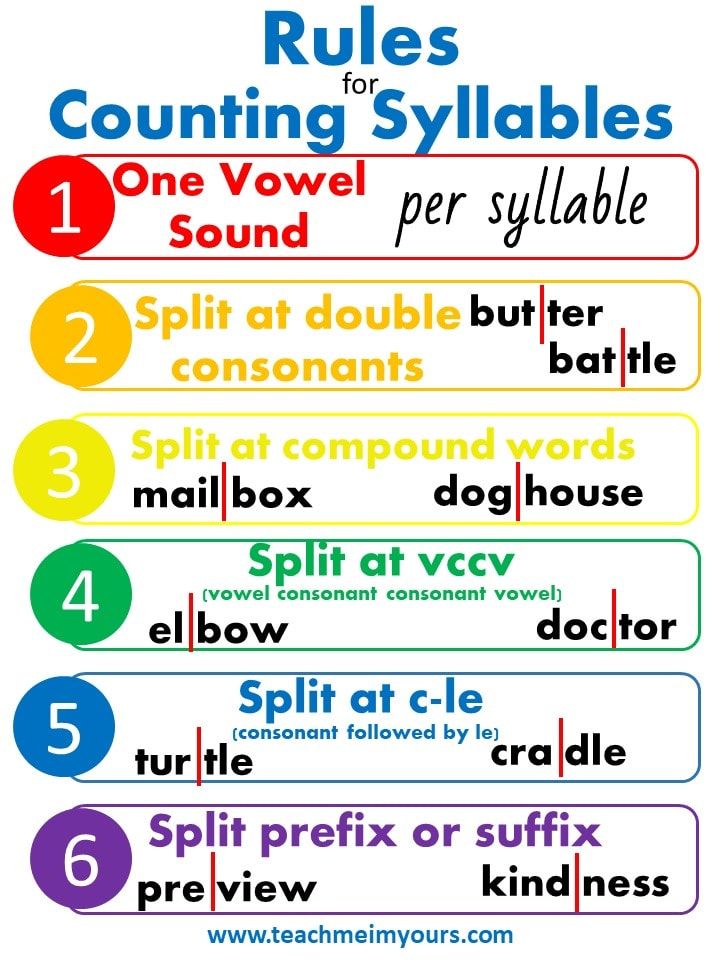 For example, I would say, “butterfly”, we would count out how many syllables using our fingers, “but” “ter” “fly” and hold up 3 fingers to represent 3 syllable sounds. This skill will come in handy once students are ready and able to spell longer words.
For example, I would say, “butterfly”, we would count out how many syllables using our fingers, “but” “ter” “fly” and hold up 3 fingers to represent 3 syllable sounds. This skill will come in handy once students are ready and able to spell longer words.
The final skill to practice syllables is syllable deletion. You will say a multisyllabic word, like “window”, then have students take out “win” and say just what's left of the word “dow”. This skill is the most difficult, so if you do not teach it explicitly in Kindergarten, that's okay. The first two are the ones you should be focusing on throughout the year.
If you need “done-for-you” lessons to help you teach syllables, you can check out my Syllables Phonics Mini Unit here. It includes 2 weeks of oral syllable practice, lessons, centers, worksheets, and more.
Check out these engaging and hands-on syllable activities here: 3 Hands-On Syllable Activity Ideas
Lesson summary on the topic "What is a syllable?"
Purpose: clarifying students' ideas about syllables as parts of a word into which it is divided during pronunciation, developing the ability to distinguish the number of syllables in a word by the number of vowels.
Lesson progress
I. Organizational moment
Creating an emotional mood.
Let's give each other a good mood.
I smile at you, you smile at me. With a good mood and learning is more interesting.
- I wish you all the best in class.
- Open your notebooks and write down the number, class work.
II. Knowledge update
L, O, S, G
What letter is missing? ( about ).
- Why? ( the letter o denotes a vowel sound, and the remaining letters denote consonants ).
What is the difference between a vowel and a consonant?
- Complete the sentences
We write and see ... (sounds, letters)
We hear and pronounce ... (sounds, letters)
- Which is more: letters or sounds?
- Make a word out of letters.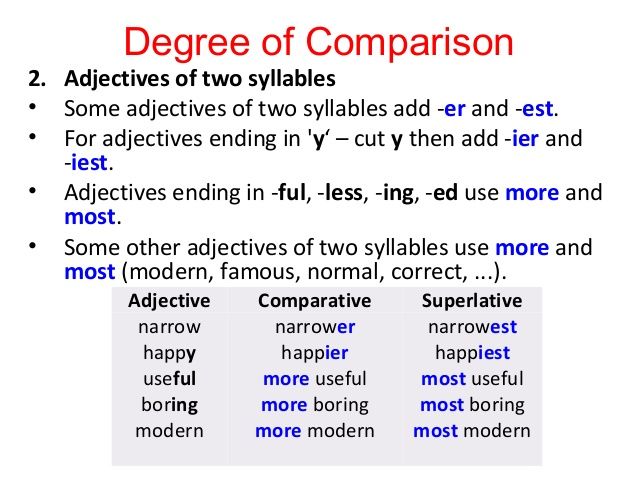 (Syllable)
(Syllable)
III. Formulation of the topic of the lesson, setting learning objectives
What questions should we find answers to?
IV. Work on the study of material
- What is a syllable? (Parts of the word into which the word is divided during pronunciation)
- How do syllables differ from words?
- How to find out how many syllables are in a word?
On board:
Wind, sha, blowing, roofs, strong
- Read carefully what is written on the board. Divide what you have written into 2 groups.
- What did you attribute to the first group? ( wind, blowing, strong ).
- How can you call what you attributed to the first group? ( words ).
- What do you attribute to the second group? ( sha, kry ).
- What is the name of what you attributed to the second group? ( syllable ).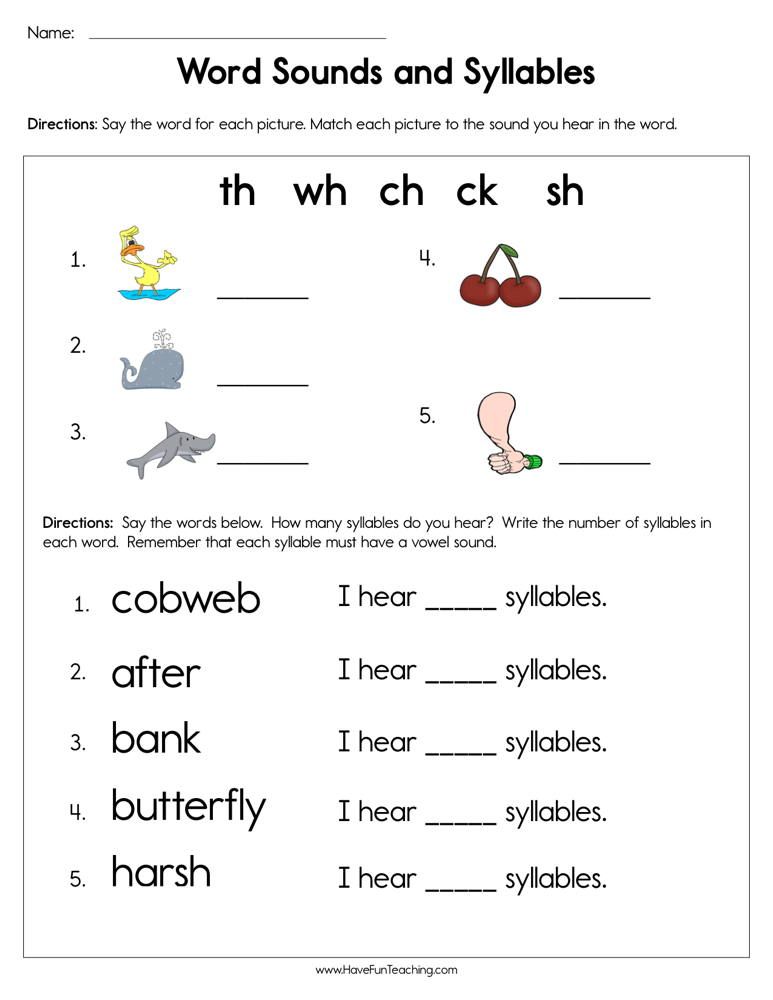
What is the difference between a syllable and a word? ( The word means something, but the syllables mean nothing ).
V. "Discovery" of new knowledge by children
What can be made up of syllables? ( words ).
Make up words from these syllables. ( Roof ).
Write this word down and divide it into syllables. (Roof I sha).
- So, what is a syllable? ( Syllable - part of the word ).
Physical education minute
The game is called "Syllable, word"
- Syllable - clap your hands.
- Word - squat.
bird, from, forest, on, by, price, from, wasp, at, school, under.
GARDENS, RE, WINTER, GRA, ZO, ROOKS, DU, Hedgehog, I? - This is both a syllable and a word.
- Give examples.
VI.
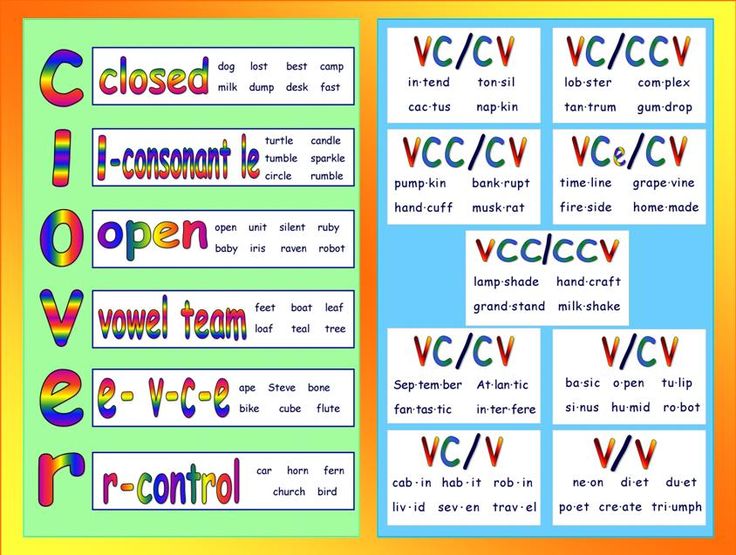 On board
On board - Name the common part for words that begin with the following letters. (day)
- Divide the received words into 2 groups. (by syllables)
- We read the words twice, close our eyes, repeat. We write from memory, distributing into 2 columns.
Check.
- Determine the number of letters and sounds
| I variant | II option |
| Autumn | Ash |
Students of the 1st option - work with tests
Test
1. Choose the correct statement:
a. A vowel forms a syllable.
b. A consonant letter forms a syllable.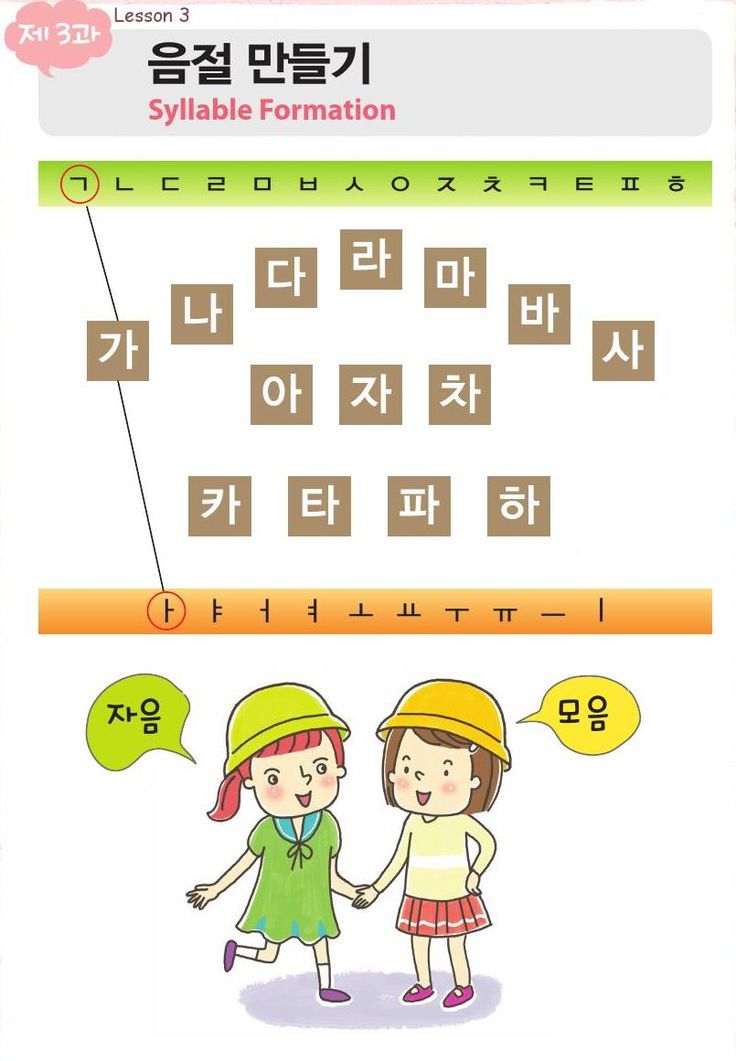
2. Choose the correct statement:
a. How many vowels in a word, so many syllables.
b. There are more syllables in a word than vowels.
3. Divide words into syllables:
wolf, fox, cherry, berry, tit.
4. Indicate the number of syllables:
magpie___ tit___ goose___ jackdaw___
5. Complete the syllable to make new words:
wolf_fox___o___
- To test ourselves, we will play the game "Yes - no." Put + or - (fans)
- There are more syllables in a word than vowels.
- A syllable can consist of one vowel sound.
- Each syllable has a vowel.
- There may or may not be a consonant sound in a syllable.
- The word LESSON has 4 syllables.
- Any two-syllable word can be hyphenated.
Check: - + + + - -
VII.
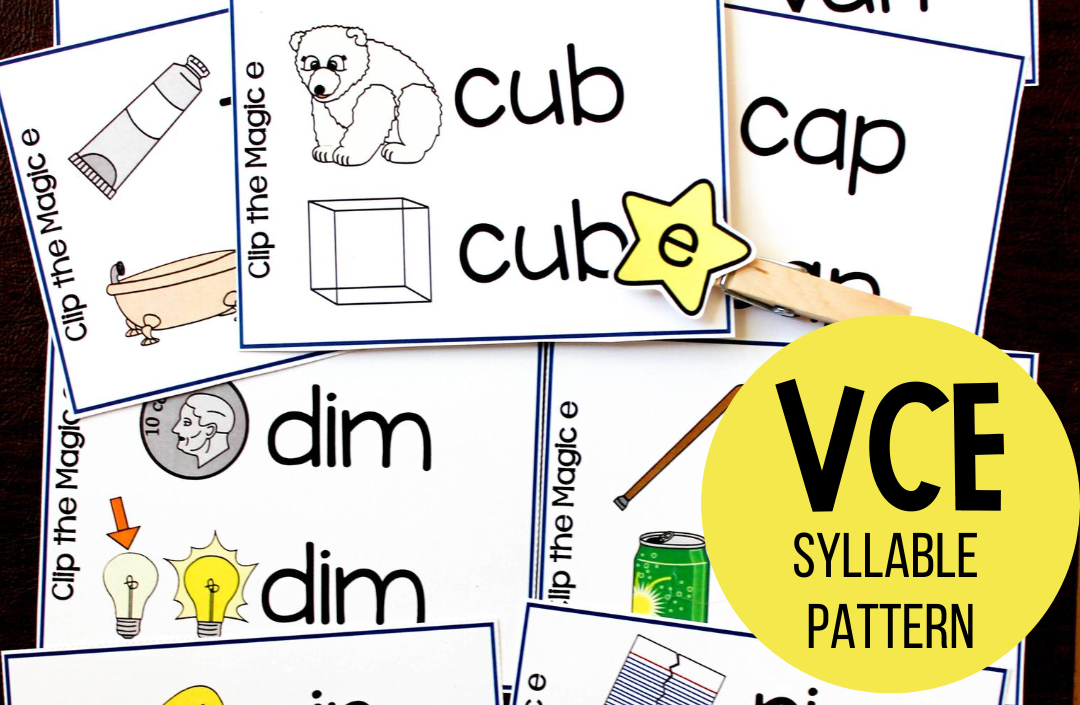 - Write down the words, separating them with a dash into syllables
- Write down the words, separating them with a dash into syllables Car, let's go, Ilyusha, Elena. vegetables, pencil, eagle, gooseberries, orchestra, piano.
What word cannot be transferred? Why?
VIII. Oral work
-Remove a syllable to make a new word
Rainbow, currant, wolves, butterfly, bagel, handkerchiefs, dragonfly, forester
IX. Total
- What is a syllable?
- How to determine the number of syllables?
The word has one consonant and one vowel. How many syllables are there in a word?
- There are 3 consonants and 3 vowels in a word. How many syllables can this word be divided into?
- There are 3 sounds in the word cat and 3 sounds in the word meow . Is the number of syllables in these words the same? Explain why?
X. Reflex-evaluative stage
Do you remember the learning task we set at the beginning of the lesson?
Lesson “Word and syllable.
 Dividing words into syllables» | Russian Language and Literature
Dividing words into syllables» | Russian Language and Literature Author: Marina Yurievna Kurzheva
Organization: MBOU Secondary School No. 9
Settlement: Republic of Adygea, Krasnogvardeisky district, Ulyap village
Lesson in the 1st grade in the Russian language.
Lesson topic: “Word and syllable. Dividing words into syllables.
Purpose of lesson : formation of the ability to distinguish between a word and a syllable, to divide words into syllables.
Tasks:
- expand and clarify students' knowledge about how words are divided into syllables;
- to teach to distinguish syllables in words;
- to activate and expand students' vocabulary;
- to create conditions for the development of communication skills of cooperation with adults and peers.
Mastered UUD
Regulatory : perform a trial learning activity, determine the purpose of the lesson, analyze and compare with the standard, control, correct and evaluate the work done according to specified criteria, plan learning collaboration.
Communicative : express one's thoughts with sufficient completeness and accuracy, take into account different opinions.
Cognitive: extract the necessary information from the sentence, bring it under the concept, choose the most effective ways to complete the task.
Personal: conduct self-assessment based on success criteria, adequately understand the reasons for success / failure in educational activities.
Course of the lesson
1. Organizational moment.
- We have guests at the lesson today. Greet them.
- Show me your readiness for a Russian lesson.
The bell has already rung.
How do we start the lesson?
In the lesson we are sitting -
NOT MASE and do not shout,
We raise our hands quietly,
, we answer.
We are a good friendly class!
Everything will work out for us.
- Write down today's date.
0005 1. Organizational moment (sounds of spring sound) - They smiled at each other, smiled at me. Have a good day. Loose snow Melts in the sun. The breeze plays in the branches. Bird voices are louder. So, ... (spring) has come to us. - By what signs do we recognize spring? Spring is in our class today. - Yes, soon the streams will ring. And today we will be fast, agile, friendly, winding streams, like the letter that settled in your notebook Select the first sound in this word (v) - What letter in the letter denotes the sound (v) - Let's write this letter in a notebook. Notice the slope and evenness of the straight lines. V -Let's make a sentence out of words. (Spring has come to us.) (The work is done in a notebook) - What spring months do you know? - March, April, May, (division by syllables) - Which word is superfluous and why? (April - 2 syllables) - Is it possible to transfer the words March, May? - Why? (one syllable) - Is it possible to leave one letter per line? (no) 3.Updating knowledge. - How can you find out how many syllables are in a word? (clapping, chin, usually breathing) - How do we divide into syllables? (Children go to the blackboard one at a time and divide the words March, April, May for syllables). -Name the topic of our lesson. -So what are we going to learn in the lesson? - Divide words into syllables. (Fix on the board) 4. Vocabulary work. - Guess the riddle. Fluffy tail. (Fox. That's right, but how to call the fox affectionately? Fox) Slide 4 - What letter in this word do we need to remember? - Everyone knows perfectly well who a fox is. Here is what she says about herself. - Another word fox is used in a figurative sense. So they say about a cunning, flattering person. - Let's make a sentence with the word fox . (Children make sentences). - What rules for writing a sentence do you know? Writing a sentence at the blackboard: Fox wet in a mink. - Name familiar spellings. - Divide words into syllables. 5. Physical exercise. - What are the names of words that consist of one syllable? (monosyllabic) - What are the names of words that consist of two syllables? (disyllabic) - What are trisyllabic words? - Divide the words into syllables: (on the board) Forest, word, book, house, elephant, rose, dog, slippers, school, chicken, salt, mother, world, car, vase. 6. Working with the textbook - Let's do exercise 7. - What is the name of this fairy tale? ("Turnip") Let's read it. What heroes are missing? Write only the first sentence and divide the words into syllables. Do not forget about the rules for writing a proposal. Name a one-syllable word (grandfather). Why is it called that? (one syllable) And how did you know it? (one vowel) What is the two-syllable word. (turnip) Why? How did you know? Name a three-syllable word. (planted) Why? How did you know? 7. Fixing. - Let's play. Composing a tongue twister from syllables (workbook p. 17) - Exercise 4 (dividing words into syllables) 8. Lesson summary. - Why did we need this lesson? - What did you learn? 9. Reflection - Think and answer the question: - What can I praise myself for? - What can I praise my classmates for? - And I really liked the way they worked .
 How does a sentence begin?
How does a sentence begin?  Golden fur. Lives in the forest. Chicken steals. Who is it?
Golden fur. Lives in the forest. Chicken steals. Who is it? 

Learn more

